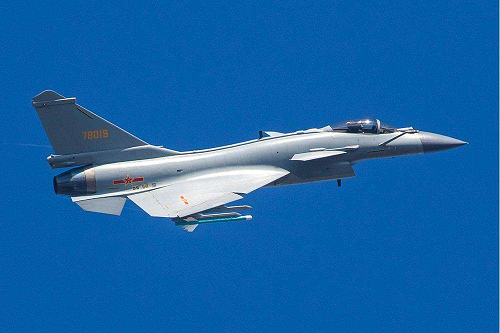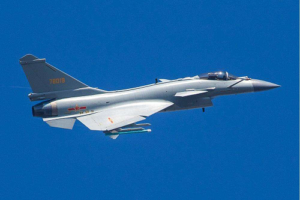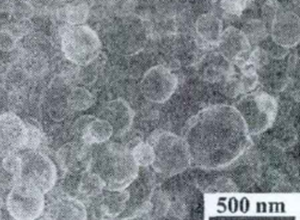- Alumina
- Boron Nitride
- Zirconia
- Other Ceramics
- Applications
- Contact

Transparent ceramics have the inherent characteristics of high temperature resistance, corrosion resistance, high insulation, high strength and other characteristics of ceramics, as well as the optical properties of glass, which have broad application prospects in the fields of lighting technology, optical technology, special instrument manufacturing, wireless electronics, information detection, high temperature technology and military industry. At present, transparent ceramics have been widely studied. The following are some kinds of transparent ceramics and their applications.

MgAl2O4 transparent ceramics are used in aircraft infrared fairing materials
Transparent ceramics used for optical Windows
Infrared window materials are widely used in military, aerospace and industrial fields, which can be used to make transparent armor, missile hood, high-temperature observation window, and aviation window. Transparent ceramics used for optical Windows mainly include infrared transparent Y2O3-MgO nanocomposite ceramics, MgAl2O4 transparent ceramics, magnesium oxide (MgO) transparent ceramics, and AlON transparent ceramics.
Yttrium oxide (Y2O3) ceramics have a wide band of UV-visible-infrared transmittance, moderate mechanical properties at high temperature and thermal shock resistance, especially the extremely low radiation coefficient at high temperature. However, the high-temperature sintering in the traditional preparation process will lead to abnormal growth of grains, which will affect its high-temperature mechanical properties and thermal shock resistance, limiting the application of Y2O3 in the infrared window/fairing of high-Mach number missiles. MgO-Y2O3 nanocomposite ceramics have extremely low radiation coefficient and excellent mechanical properties at high temperature, as well as moderate thermal properties and only second to sapphire’s thermal shock resistance.
AlON Transparent ceramics have excellent optical transmittance in ultraviolet, visible light and middle infrared bands. Their bending strength ranges from 380 to 700MPa, and Vickers hardness is 19.5 GPa. Compared with other transparent ceramics such as MgAl2O4, magnesium fluoride (MgF2), and Y2O3, etc., AlON transparent ceramics have better mechanical properties and can be comparable with sapphire crystal. More importantly, traditional ceramic preparation methods can be used to obtain the large size and complex shape of AlON transparent ceramics, with simple technology and low cost. In addition, it also has good high-temperature resistance, thermal shock resistance and excellent resistance to rain/gravel erosion performance.
MgO transparent ceramics is an optical isotropic body with good infrared permeability, so it can be used to make high-temperature furnace window, infrared detector cover. MgO is regarded as a promising material for its good linear light transmittance, low theoretical density, high thermal conductivity and good vapor chemical stability of alkali resistant metals.

The hot corroded surface of MgO Ceramic
The optical isotropy of the MgAl2O4 enables the material to be highly transparent. MgAl2O4 transparent ceramics with high melting point (2135 ℃), good chemical stability, excellent mechanical properties and optical properties, good thermal shock performance, high rain erosion ability, and it can pass through 0.2 ~ 6 m wide band of light, as an infrared fairing material has a multi-band, wide range of transmission. At present, the United States has also carried out research on the military uses of MgAl2O4 transparent ceramics, which are used to make tank Windows and protective masks for soldiers.
Please visit http://www.samaterials.com for more information.